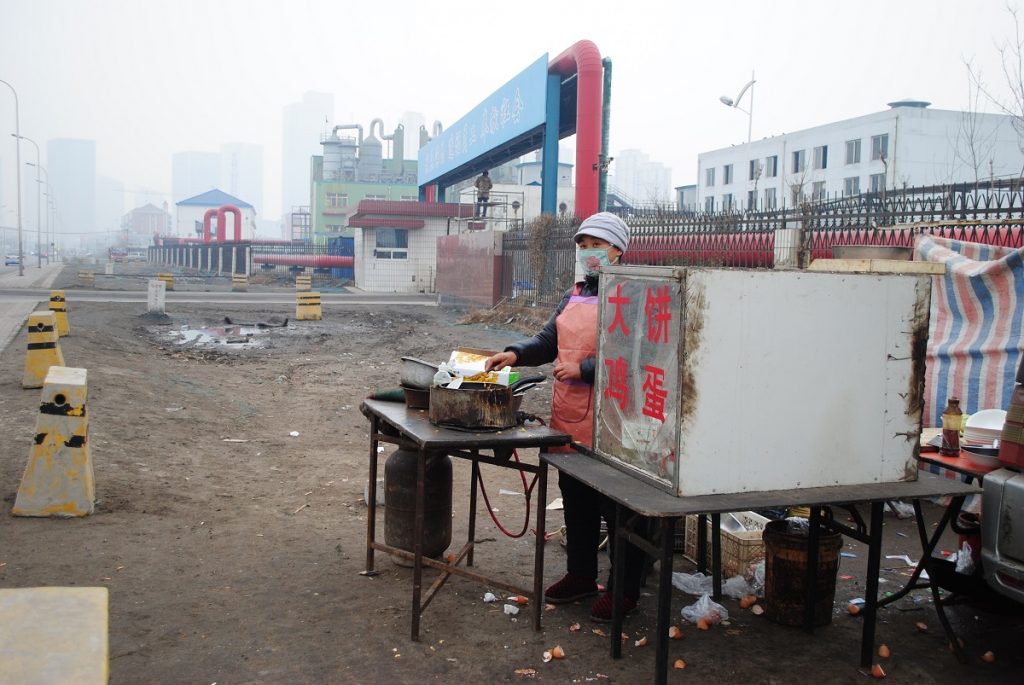But the explosion also underscored a dilemma at the heart of China’s unprecedented economic boom: the chemical industry is critical for the country’s growth, but that growth is also fuelling rapid urbanisation. This is pushing residential areas closer to active chemical sites – like in Tianjin.
This port city of 15 million people, a short train ride from Beijing, attracts hundreds of thousands of new residents each year. Most move to the city’s outer edges, where industrial plants were built decades ago.
Some of the chemical sites, now surrounded by new suburbs, have dangerously lax regulations. One Chinese law mandates that chemical storage facilities, such as Ruihai, be located at least 1,000 metres from public spaces. But the rule is routinely violated, and the country’s complex regulatory regime – sprawling across national laws, local regulations and a myriad of often contradictory industry-specific guidelines – is at best patchily enforced.
The 1,000m rule, for example, was first introduced in 2001, but was amended only three years later by the administration of work safety, which made it optional under certain circumstances. Then, in 2008, a report co-produced by the government’s hazchem and firefighting departments declared that “the 1,000m requirement is unrealistic, which made it hard to implement”.
The breach of this rule is one of the reasons the Tianjin explosion was able to cause such damage. Thousands of people were living within the mandated buffer zone without knowing the risk. In the wake of the explosion, citizens, activists and officials began to raise questions about other chemical sites near residential areas. “I think the Tianjin explosion is a reckoning call for the public,” says Ada Kong, the director of Greenpeace East Asia’s toxins campaign.
Fetid ponds
Tianjin’s dilemma is encapsulated by a neighbourhood along the Hai river in the Tanggu district. The main street is lined with a canal of toxic green runoff from the Tianjin Dagu Chemical works, the foul stench of which hangs in the air. But in the small streets alongside it, vendors are selling fruit as mopeds zip by. At a nearby school, two girls with pink hair bands are crouched collecting dirt with their bare hands.



